-
7 Essential Steps in the Data Science Process
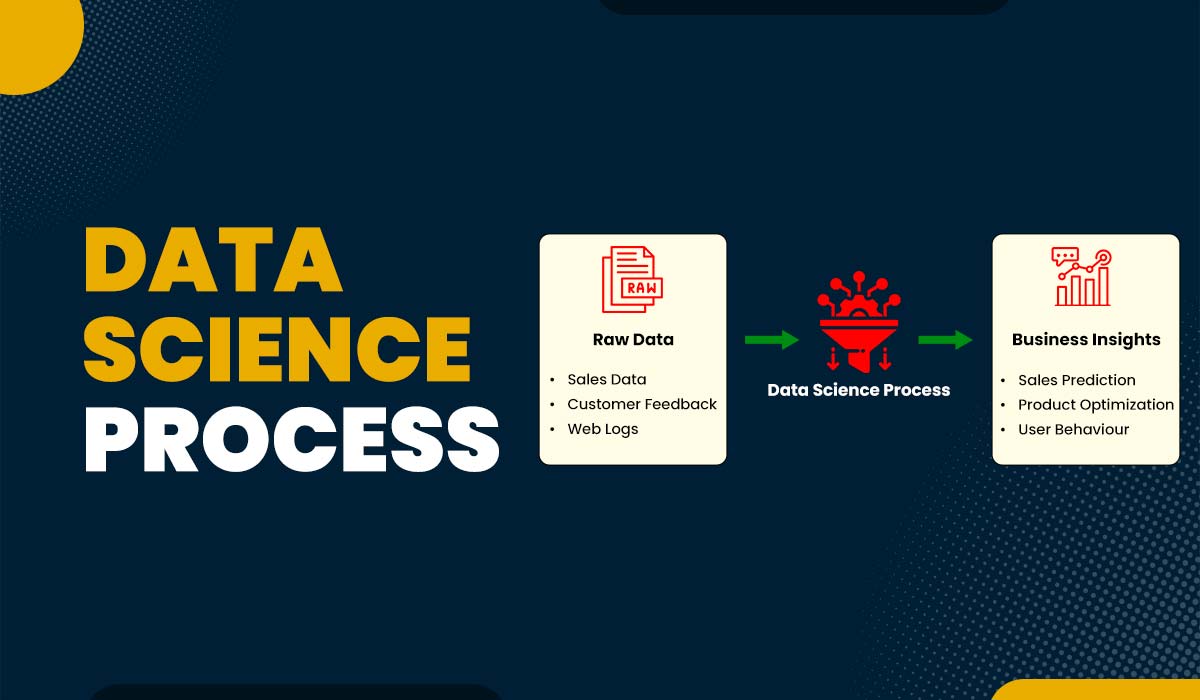
Introduction The data science process is a roadmap to converting raw information into actionable insights. As companies handle growing volumes of data, they must grasp the entire data science process to make more informed, data-driven decisions and stay ahead of the competition. Each step in the workflow, from gathering data to deploying predictive models, is…
-
7 Key Components of Data Science | Use Cases and Techniques

Introduction Ever stop to think about all the information around us? Every time you tap your phone, buy a coffee, or even walk down the street, you are part of the data being created. It’s a lot, and it’s growing faster than we can imagine. So, what do we do with this data? That’s where…
-
Tableau vs Power BI: Which One is Better? (2025)
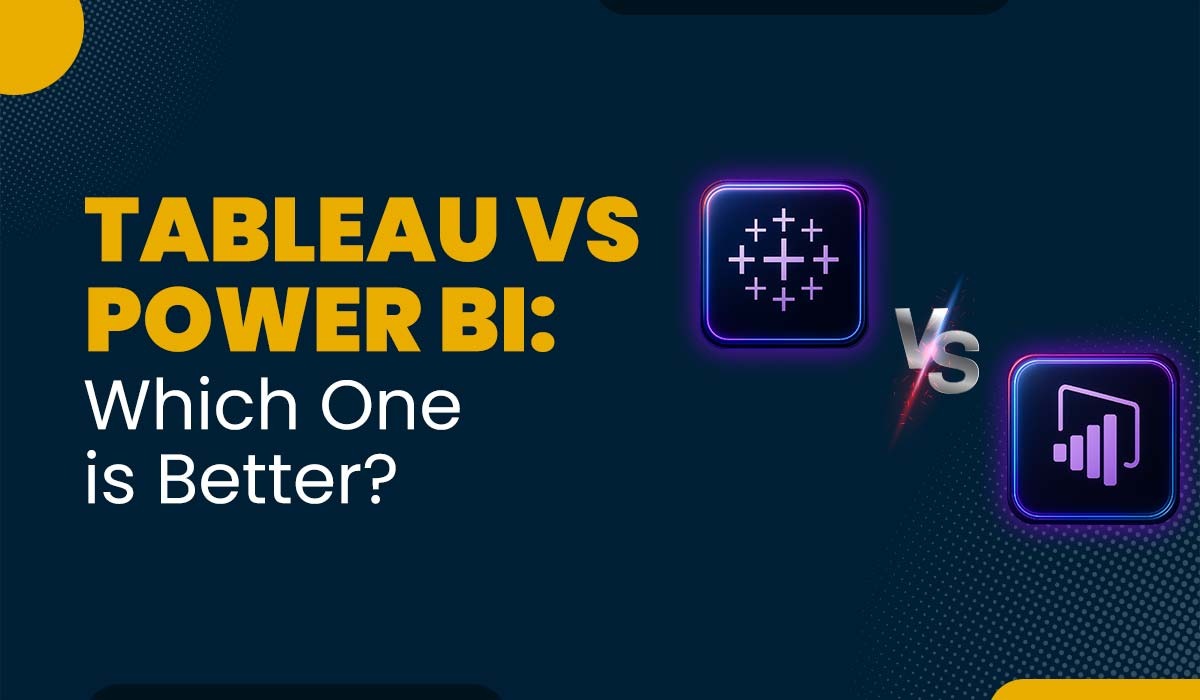
Introduction Do you want to begin a career in business intelligence or data science but are stuck deciding which tool to learn? Tableau vs Power BI is one of the most discussed among data professionals, and the correct tool can mean a big boost to your career. Whether you are a first-time learner, a job…
-
Top 30 Data Science Interview Questions and Answers (2025)
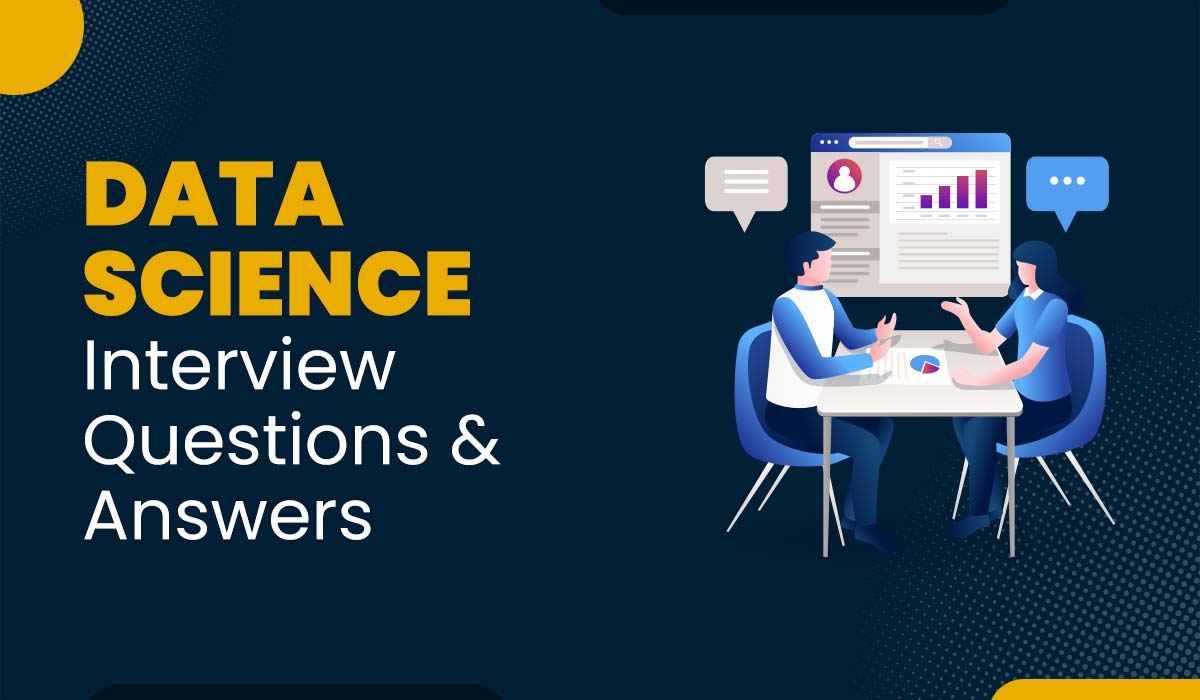
Introduction Data science is a fast-growing field, and companies use it to make better decisions. To make the most out of it, companies need individuals who can clean, analyze, and model data. This is the main reason behind the massive demand for data scientists in the job market. Are you preparing for a data science…
-
What is Hallucination in Generative AI? (2025)
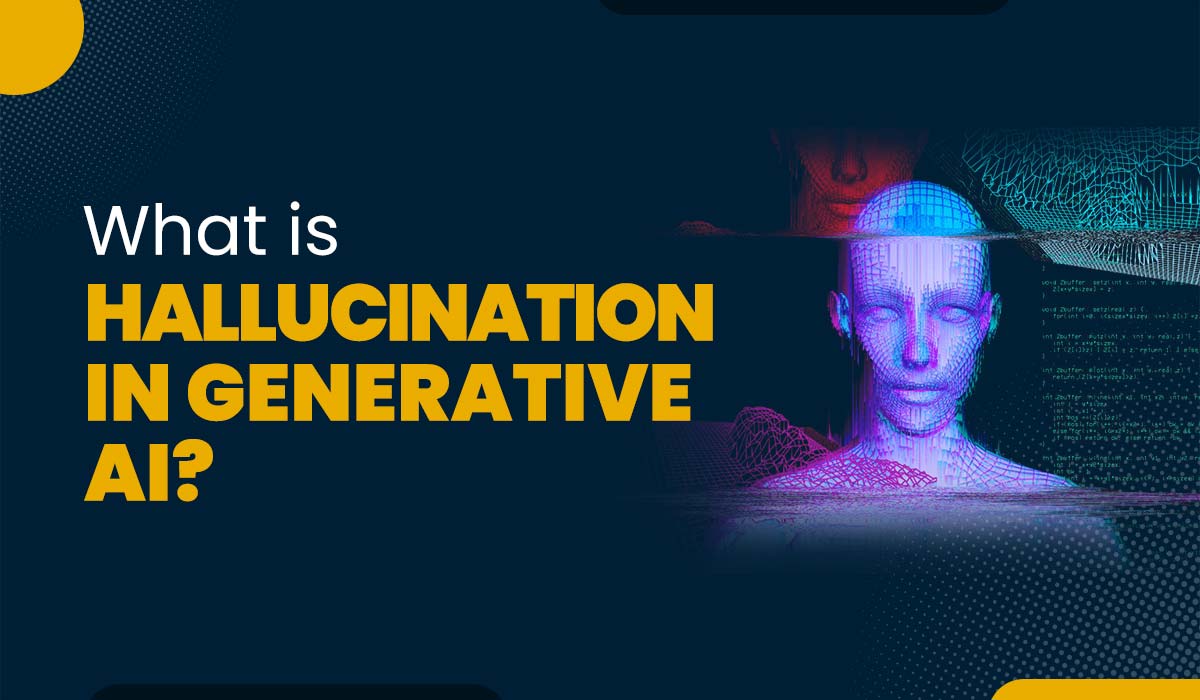
Introduction The term hallucination in generative AI describes a situation where an AI system gives an entirely wrong or made-up output. This happens when AI-powered models generate content that either does not exist or deviates completely from the prompt and query presented. Dealing with hallucinations has become an urgent and demanding task, with generative AI…
-
Top 10 Applications of Data Science (2025)
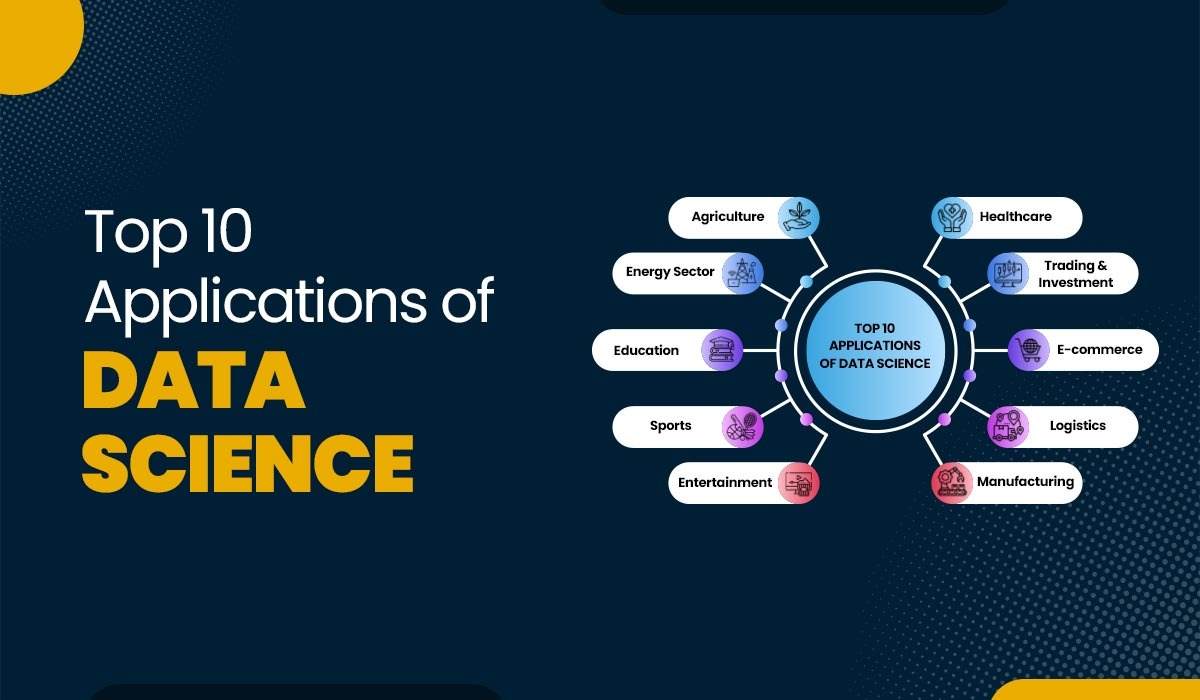
Introduction Data science has transformed businesses across many industries. It helps companies to make better decisions by analyzing complex data. But what is Data science? It is all about finding valuable insights from large data sets using techniques like statistics, machine learning, and artificial intelligence. The applications of data science are vast, driving smarter decisions…
-
RAG in Generative AI || Retrieval-Augmented Generation
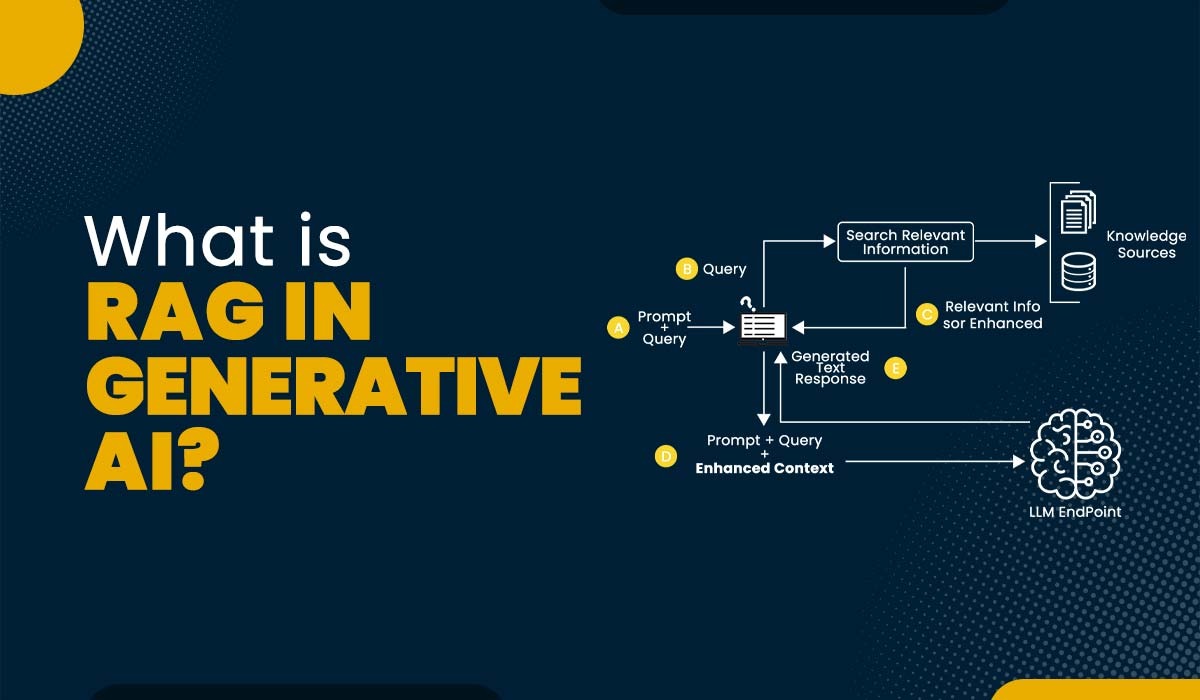
Introduction Generative AI is everywhere these days. It’s the tech behind chatbots, creative writing tools, and even art generators. But it also has some limitations. Sometimes, it presents outdated facts or fabricates information. This can be frustrating for users who need reliable information. That’s where RAG in generative AI comes in. Retrieval-augmented generation (RAG) is…
-
Top Data Science Tools to Consider in 2025

Introduction Data science allows businesses as well as researchers to discover important insights from large amounts of data. But how does it happen? With the help of the right data science tools! In 2025, picking the right tools can really change how you handle data. In general, the best tools are the ones that save…
-
Difference Between Generative AI and Predictive AI
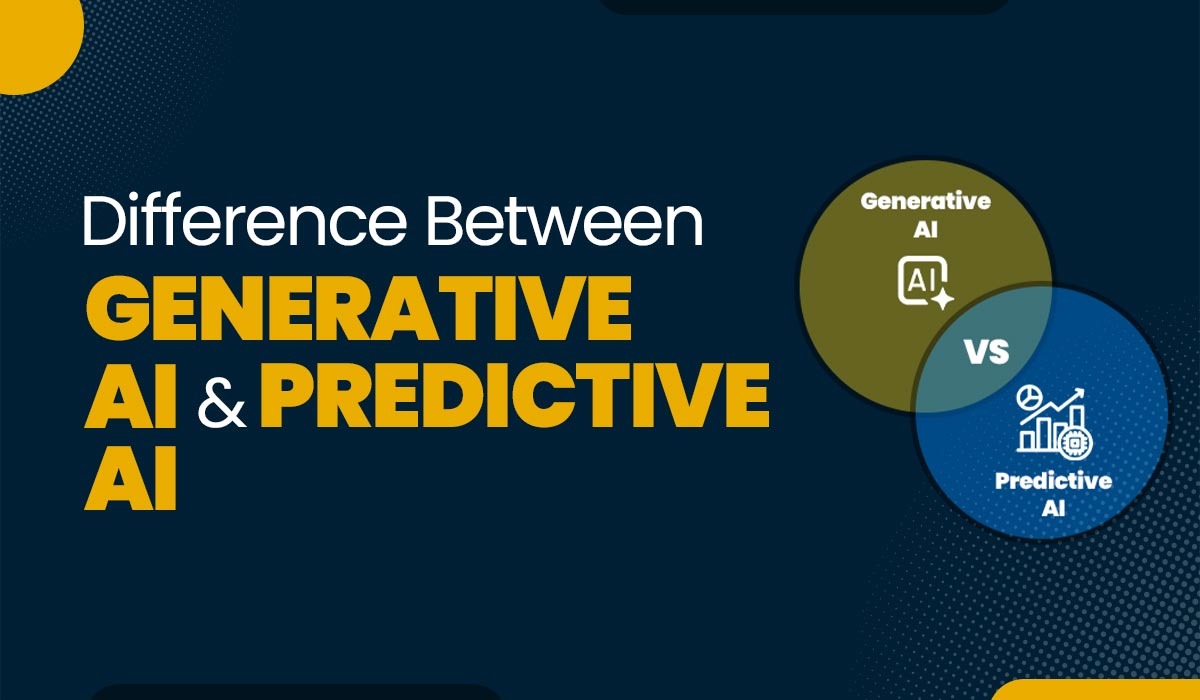
Introduction Today, AI is everywhere. You can see it on your phone, car, and even your favorite apps. But not all AI is the same. Two big types stand out, i.e., predictive AI and generative AI. Understanding the difference between generative AI and predictive AI helps us use them wisely. Businesses mix both to stay…
-
Top 5 Key Features of Generative AI
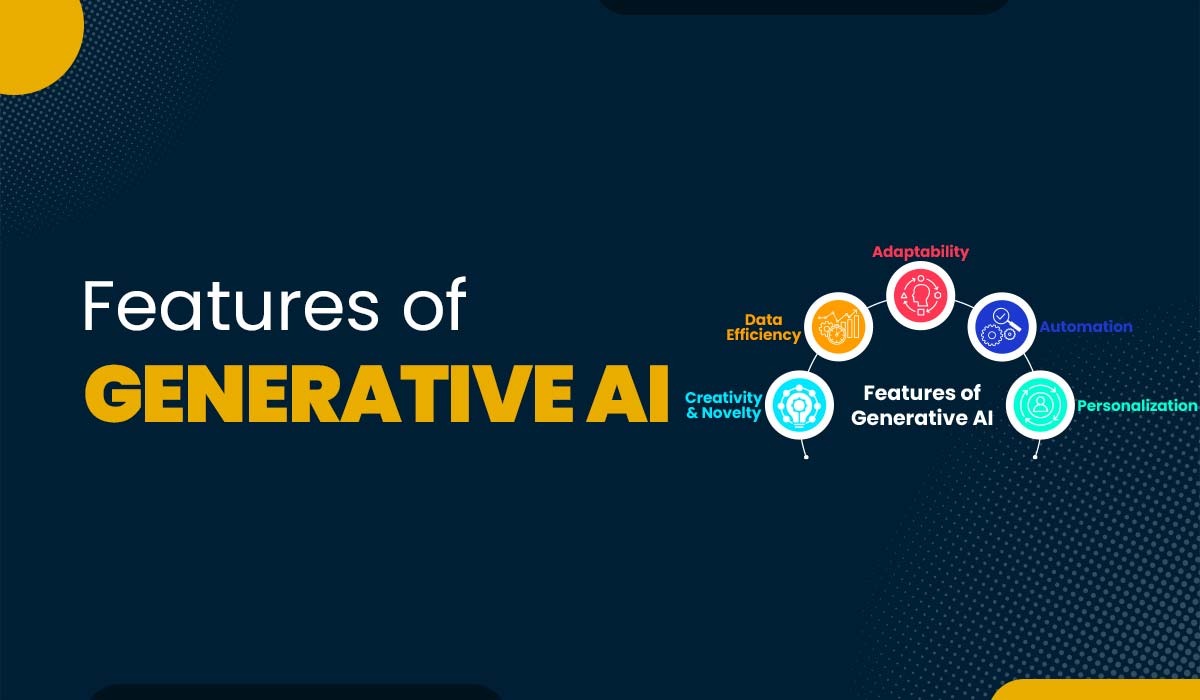
Introduction Generative AI is a type of artificial intelligence that creates new content, like text, images, music, or videos, based on the data it has learned from. Unlike other AI that analyzes data or makes predictions, generative AI brings something entirely new. In recent years, generative AI has taken the tech world by storm. From chatbots that talk like humans to…


